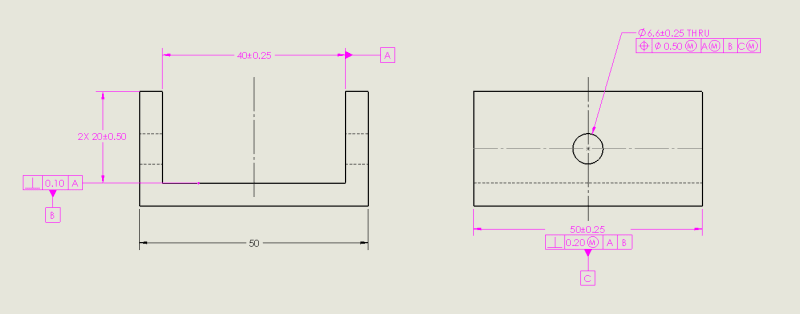Perhaps it is also possible to describe it in these words:
MMB modifier on a datum allows relative translation between the datum feature and the datum feature simulator. In case datum feature C in the drawing is produced smaller than 50.25, such translation is possible to the limit applied by the produced size.
Since the datum plane is derived from the datum feature simulator (fixed at MMB size) and not the datum feature (which might be smaller), then it is possible to say that for a given as-produced location of the hole relative to the faces of the datum feature, the MMB modifier allows some freedom to bring the hole "artificially" to the tolerance zone disposed about the datum plane. This of course doesn't change the location of the hole relative to the datum feature, but it may allow acceptance of parts that could be rejected if the datum was called out RMB, and thus the datum feature simulator was supposed to be kept adjacent to high points on the faces of the datum feature.
So I agree that in order to properly answer whether the calculation is correct, the "center" from the wording "off center" should be further defined, but my guess is that the center is the center of the RAME of datum feature C, so it is correct (edit: that is, if the calculation was done for a hole produced at MMC size, i.e. not including any bonus tolerance).
Another edit: durablack2, I recheked your the calculation, and as far as I can tell a hole produced at MMC can be offset from the center of the related actual mating envelope of datum feature C by as much as 0.5, not 0.375. That happens when the RAME size is 49.75.
semiond

